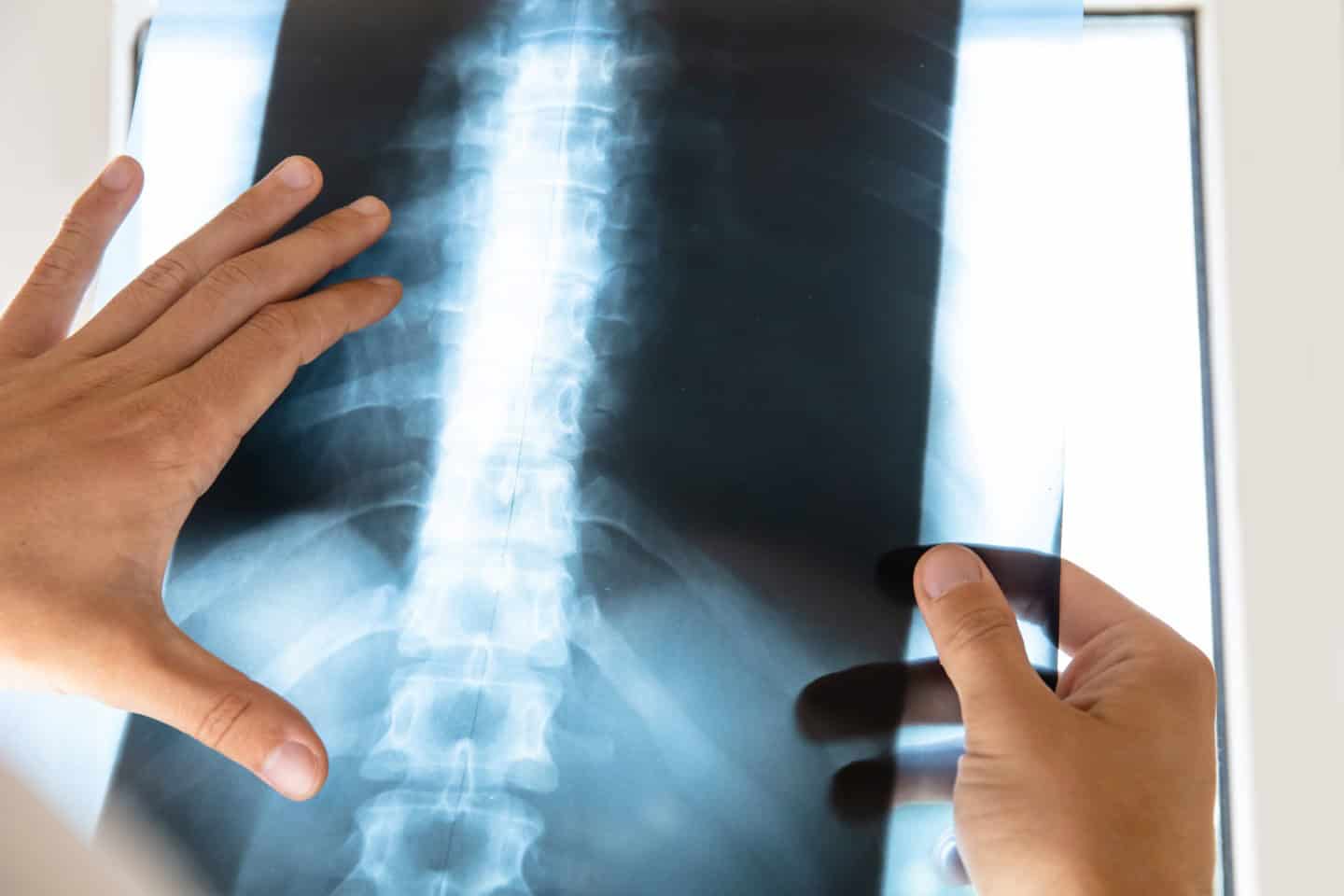
The Incomplete Picture
In the Spinal Injury Team at Bolt Burdon Kemp we see a range of spinal cord injuries and the purpose of this blog is to consider incomplete injuries and the impact having an incomplete injury can have.
Firstly let’s look at what the spinal cord is. The spinal cord is made up of thousands of nerves which run from the brain down a canal in your backbone. These nerves carry messages from the brain to the rest of the body telling the body how to move and they are also responsible for controlling other functions, such as breathing and the ability to feel touch, temperature or pressure.
The spinal cord can become damaged in different ways. Sometimes it’s as a result of trauma. For example being involved in a car accident. Sometimes it’s a result of infection or disease. If the spinal cord becomes damaged the messages between the brain and the rest of the body are interrupted. This can result in a loss of movement and sensation from below the level of injury. If all movement and all sensation is lost below the level of injury, this will be referred to as a ‘complete’ spinal cord injury. If however there is still some feeling or movement below the point of injury this is referred to as an ‘incomplete’ injury.
Walking –v– Wheelchair
Some people with incomplete injuries have sufficient movement and sensation in their legs that means that they are able to walk after their injury. For some this will mean walking with the use of an aid such as a stick; for others they may be able to walk without any aid at all.
For those who can walk there can be an expectation that they should walk. Sometimes it is an expectation they place on themselves but sometimes it can be an expectation from others who can’t imagine that using a wheelchair would be preferable.
The reality of course is that everyone is different and each person needs to find their own balance for themselves and ignore the expectations of others.
For some people with incomplete injuries it can be very painful to walk and it can take a lot of effort meaning all energy is being used in order to walk to the detriment of everything else such as work or family life. For those people a wheelchair can mean a more comfortable and balanced life.
For someone with an incomplete injury who needs to use a walking aid such as a stick, this will mean that one or possibly both of their hands is out of action for carrying things or opening doors or holding a child’s hand. For these reasons (and many other, individual to every injured person) many people with incomplete injuries will chose to use a wheelchair and they may choose to use a wheelchair all the time or they may use a wheelchair outside but may walk when they are indoors or at home. Equally, I have had clients who prefer to walk when outside but use a wheelchair when at home and resting.
It’s also worth noting that even a relatively mild illness can have a big impact on someone’s energy levels and so someone with an incomplete injury who might usually walk may find themselves relying on a wheelchair more while they recover.
Hands and Arms
If the injury to the spinal cord is high enough then the upper limbs can be affected as well as the lower limbs. This is known as tetraplegia and an incomplete tetraplegic might suffer from reduced movement and/or sensation in their arms and hands. Reduced movement or sensation in the arms and hands can have significant consequences for day to day activities. Simple, everyday activities suddenly become challenging; for example brushing your teeth. Other activities can become dangerous; for example making a cup of tea. Others activities can become impossible; for example charging your mobile phone. As a result incomplete tetraplegics are often reliant upon equipment or other people to help them with day to day activities.
Bowel and Bladder Dysfunction
As a result of a spinal cord injury it is very common for the bowel and bladder to be affected and this applies to those with incomplete injuries just as much as it does those with complete injuries.
Bladder dysfunction can manifest in two main ways. Sometimes the signals that tell the brain that the bladder needs to be emptied fail to work, so the person with the spinal cord injury does not know when to empty the bladder. This can cause medical problems if the bladder is not emptied regularly. On other occasions, the bladder is unable to hold urine. This means the bladder of the person with the spinal cord injury empties without warning, even though it is not full.
Bowel dysfunction can present in a similar way. It can either cause an inability to empty the bowels regularly, causing constipation, or a need to empty the bowels without warning.
In my experience dealing with clients with spinal cord injuries, bowel and bladder difficulties are often one of the most challenging aspects of a person’s rehabilitation. For someone managing their bowels and bladder is straightforward and becomes routine. For others the right balance of medication and strategies remains elusive. The ability to manage this aspect of a spinal cord injury can have a significant impact on someone’s confidence to leave the house and in some cases it can negatively affect someone’s mental health. For anyone struggling with their bowels and bladder there is support available outside the traditional hospital setting – for example the Spinal Injury Association have SCI Nurse Specialists that members can speak with in confidence who have specialist bowel and bladder knowledge and experience.
Sexual dysfunction
As a result of a spinal cord injury it is very common for the sexual dysfunction to occur. The degree of sexual dysfunction and the ways in which it can occur will vary between men and women and the degree of sexual dysfunction will also be affected by how much of the spinal cord has been damaged and whether the injury is complete or incomplete. Whilst sex is not necessarily the easiest of topics to discuss it is an important aspect of life and again there is support available for anyone struggling with this aspect of their injury.
Pain
Sometimes people assume that if someone has a spinal cord injury that has affected their movement and sensation then this must mean that there is no pain for that person however that is not the case and it is common for both those with complete and incomplete injuries to suffer from neuropathic or ‘nerve’ pain. Neuropathic pain can be very distressing for the person affected. Everyone’s description of it is different but I will always remember one client who suffered from neuropathic pain in their feet and he described it like the soles of his feet being on fire. That description has always stayed with me simply because when he said that to me I was acutely aware that as hard as I might try I would never be able to imagine what that was like. For some nerve pain will come and go and for some it is constant, unrelenting and on occasion untreatable. The mental toll nerve pain takes on those that suffer and the impact that can have on day to day life should not be underestimated.
A Hidden Injury
There is a lack of knowledge in the wider community about the issues people with spinal cord injuries face and that applies to both complete and incomplete injuries.
Whilst it may be obvious that someone’s mobility has been affected if someone is using a wheelchair or a walking aid, people do not necessarily appreciate that they may still suffer with debilitating neuropathic pain or live with the constant worry about having a bowel accident.
For those with incomplete injuries who are able to walk unaided people passing in the street will have no appreciation of the effort that may be going into putting one foot in front of the other or the number of secondary complications that person in suffering from that may require them to rest more often; access disabled toilets or park in disabled parking bays.
Support
The spinal cord injured community is a very supportive one and there is help and advice out there for those that need it with both the Spinal Injuries Association and Back Up Trust featuring some really helpful life stories of those who have experienced incomplete injuries.










